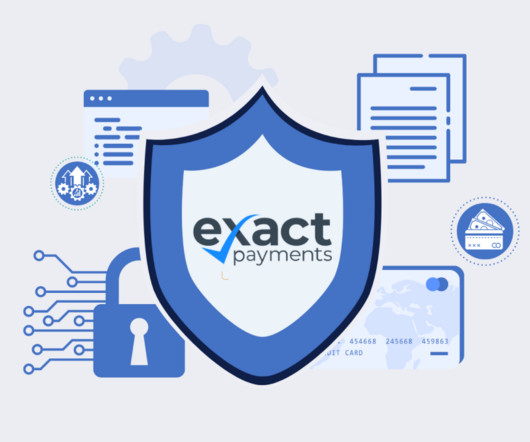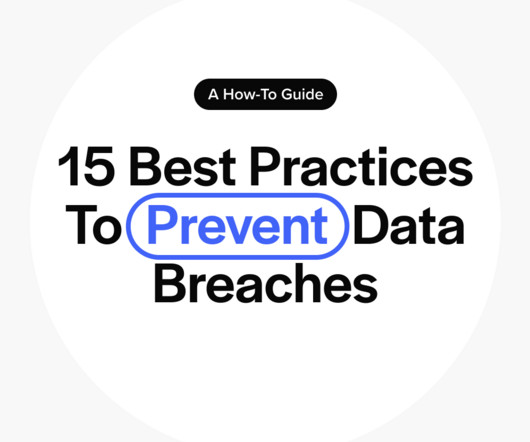Essential Guide to Seamless CCaaS Implementation
VISTA InfoSec
OCTOBER 21, 2024
Some best practices to ensure robust cybersecurity include: Data Encryption: All sensitive data should be encrypted both in transit and at rest to prevent unauthorized access and ensure efficient data security measures.




































Let's personalize your content